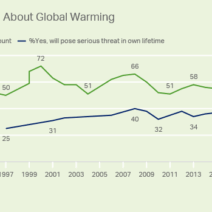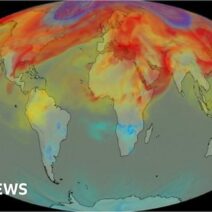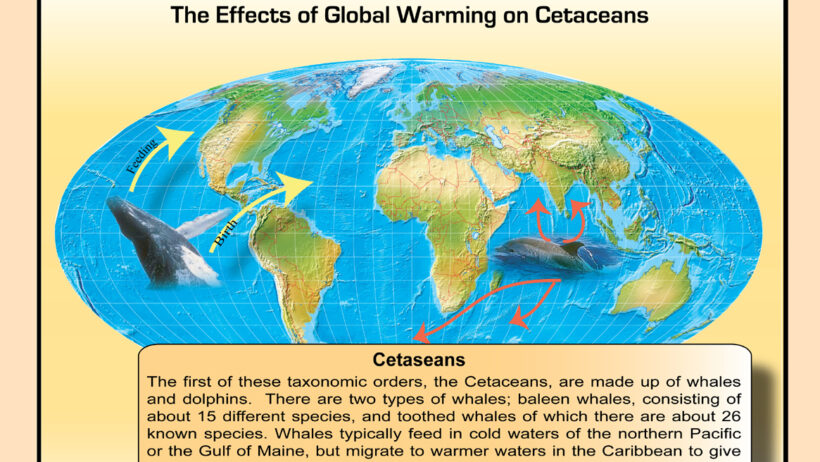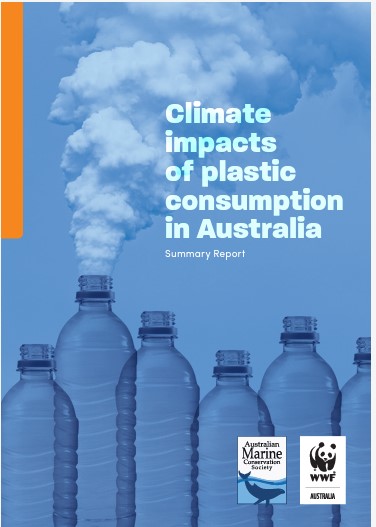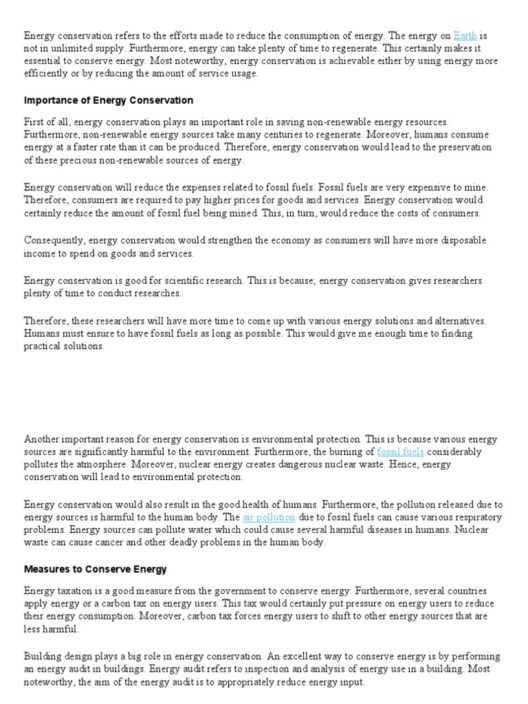Global warming, a phenomenon cloaked in both scientific inquiry and societal apprehension, manifests predominantly within the troposphere, the lowest layer of the Earth’s atmosphere. This region, stretching approximately seven to fifteen kilometers above sea level, serves as the cradle for almost all weather systems and life as we know it. While the troposphere undoubtedly bears the brunt of climate change, the repercussions of global warming extend well beyond its boundaries, infiltrating other atmospheric layers and the Earth’s surface itself.
The troposphere can be likened to a fragile envelope, wrapping the planet in a delicate balance of gases that sustain life. It is in this atmospheric skin that greenhouse gases, such as carbon dioxide and methane, accumulate, trapping heat in a manner similar to how a greenhouse retains warmth. This accumulation of gases, largely due to human activities such as industrial processes and deforestation, amplifies the greenhouse effect, leading to a noticeable increase in global temperatures.
As global temperatures rise, the implications within the troposphere are profound. The warming of this layer affects prevailing weather patterns, triggering more frequent and severe weather events, such as hurricanes, droughts, and heatwaves. These changes can be visualized as shifting cogs in a precise clockwork mechanism; if one cog—representing the troposphere—malfunctions, the entire system becomes unstable. This malleability of weather patterns not only disrupts ecosystems but also poses a threat to food security and human health.
Yet, the dialogue around global warming frequently overlooks the stratosphere, the atmospheric layer situated above the troposphere. The stratosphere, extending from approximately ten to fifty kilometers above the Earth’s surface, harbors the ozone layer, which is crucial for blocking harmful ultraviolet radiation. Surprisingly, while the troposphere heats up due to anthropogenic influences, the stratosphere has been observed to cool. This paradox can be attributed to the interplay between greenhouse gases and ozone depletion, creating a complex web of interactions that scientists are still working to unravel.
In an intriguing twist, the cooling stratosphere can be interpreted as a buffering mechanism for the Earth’s climate. As the troposphere warms, the cooling stratosphere creates a form of climate feedback, potentially affecting atmospheric circulation patterns. This dynamic relationship leads to alterations in jet streams and shifts in weather systems, heralding quakes in predictable climatic patterns. The stratosphere, then, can be seen as an orchestra conductor, guiding the flow of climatic symphonies that resonate around the globe.
Oceanic realms, too, play an integral role in the conversation on global warming. Oceans absorb a significant portion of the excess heat produced by greenhouse gases and act as a colossal heat sink. This phenomenon acts as a double-edged sword; while it initially blunts the impact of rising temperatures, the oceans are increasingly feeling the heat—literally. The result is a cascade of effects: ocean acidification, coral bleaching, and altered marine ecosystems, all of which tie back to the warming troposphere. Here, the oceans can be viewed as the Earth’s lungs, inextricably linked to the life-breath of our atmosphere.
Moreover, the impact of global warming is not confined to our atmosphere. The terrestrial biosphere—comprising forests, grasslands, and deserts—is also subject to the ravaging effects of climate change. Increased temperatures and altered precipitation patterns disrupt natural habitats, leading to species migration and extinction. This unfolding drama of life can be visualized as a complex tapestry, where each thread symbolizes a species. As the fabric wears thin, certain threads fray, unraveling the intricate patterns that sustain biodiversity.
While the troposphere serves as the frontline in the battle against climate change, it is clear that the crisis cannot be disconnected from the stratosphere, the oceans, or the terrestrial biosphere. Global warming operates on a continuum, a relational ecosystem that demands a holistic understanding. This interconnectedness accentuates the necessity for comprehensive climate action and policy that extends beyond mere mitigation of atmospheric greenhouse gas emissions.
Climate scientists advocate for a multifaceted approach to address the myriad challenges posed by global warming. Strategies such as reforestation, renewable energy adoption, and carbon capture technologies can synergistically tackle the issue from various angles. Mitigation, however, must be accompanied by adaptation strategies, particularly for communities already feeling the dire effects of climate change. Resilience becomes the new rallying cry, a collective acknowledgment that as we adapt to the warming troposphere, we must also protect the sanctity of our ecosystems.
In conclusion, the question of whether global warming occurs primarily in the troposphere is deceptively simple. While undeniable that this atmospheric layer is a central player in climate change, the reality is far more intricate. The cool embrace of the stratosphere, the deep expanse of the oceans, and the diverse tapestry of life on land inextricably weave the narrative of global warming. Together, they reveal a planetary system that is fragile yet resilient, demanding our urgent attention and collective action.
We stand at a pivotal moment in history, where understanding the layers and complexities of global warming can guide us towards sustainable futures. The challenge beckons—a call to protect our delicate troposphere whilst nurturing the delicate threads that contribute to the vast tapestry of life on Earth.
